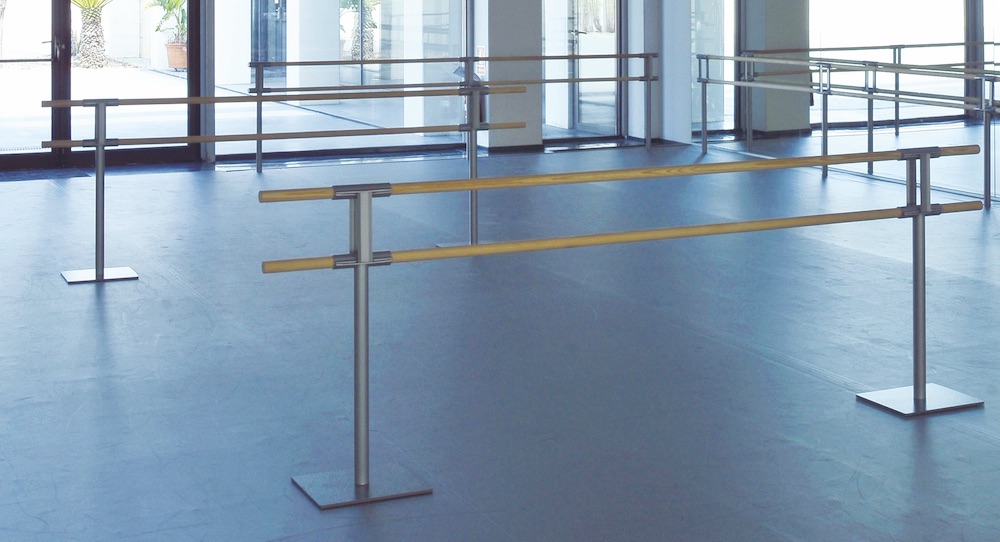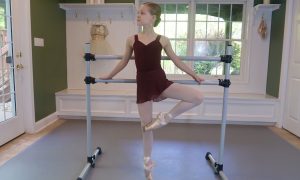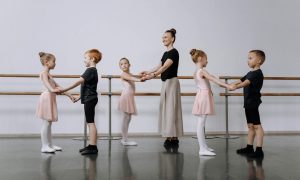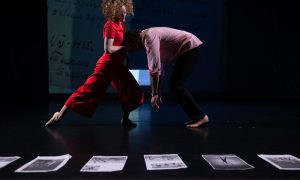Somewhere deep in the pandemic, we were advised that once we come out of this isolating, debilitating mess, we would be confronted with a post-new normal. Well, the good news is it seems, barring any hiccup (Delta Variant), we can see that light at the end of the tunnel, and we will soon be confronting that post-new normal. For those of us in the dance world, it is going to mean different things for different people.
Live performances will be taking place indoors; however, some will require masks and/or vaccinations. Others will use alternative outdoor venues. Many more recitals and performances will be simulcast or recorded for viewing online. For others, the post-new normal will look a lot like 2019.
For studio and facility owners, there is, and will be, a greater awareness of keeping their facility clean and disinfected. A keen eye out for any signs of illness will help keep infection rates low. COVID-19, like most other viruses, does not just disappear. Are booster shots around the corner?
Restricting non-participants in studios is a continuing option. Parents, dancers and teachers should remain cautious, at least until the end of the year.
Our world turned upside down for 16 months, and our traditional schedules went out the window. What did we learn? Schedules are what we make them. Seasonal instruction blurred. Performance and recitals were staged in new environments and took place at times that were never before considered. Zoom, remote learning, and streaming are concepts newly and widely embraced and will continue, in a hybrid state moving forward.
We have lost studios, competitions, vendors and students. Remaining studios are emerging, adding satellite facilities and expanding space. New projects abound. Hard to know if it will make up for what we have lost.
There is enthusiasm and optimism in the performing arts world that is driving the emergence from the pandemic. If you are still in the game, take note. Now is the time to plan and act. Issues related to COVID will remain with us for the foreseeable future. Some areas will be impacted while others will have no restraints.
We are also confronted with several economic issues that are impacting building projects and our pocketbooks. Transportation, both domestic and international, have been disrupted, resulting in delays and additional expense. Containers, trucks and manpower are in short supply. That happened because the economy shut down and the logistics of moving things from point A to point B has broken down. That translates into products becoming more expensive, and shortages for items in demand. Wood prices have soared by 300 percent, and lumber is not readily available. It is not just wood. Gas, cars, chemicals for cleaning agents, adhesives, food, transportation and disinfectants have increased prices and are in short supply with long turnaround times. These conditions will probably continue through the rest of this year.
We need to plan way ahead, be patient and remember this is just a bump in the road. We are perhaps six months away, sometime in 2022, for the post-new normal to feel normal.
It has been reported, and this is something to keep in mind, that our young people have experienced physiological upheaval resulting in disruptive behavior, depression and rebellious attitudes. School, social interaction and their dance activities were cancelled, routines disrupted, and relationships strained. Many of these kids needed to be hospitalized. It is that bad. Be vigilant in assessing your students. They need your support and encouragement and, in some cases, professional help.
The world has changed in the past 16 months, and moving forward, we need to recognize that new conversations and attitudes about race and gender are confronting traditionally strongly held beliefs. We all need to adjust, deal and recognize that indeed we are living in a post-new normal.
The only consistent thing we must deal with every day is change. That means there is always something new to learn. Embrace the future, and stay safe.
By Randy Swartz of Stagestep.













